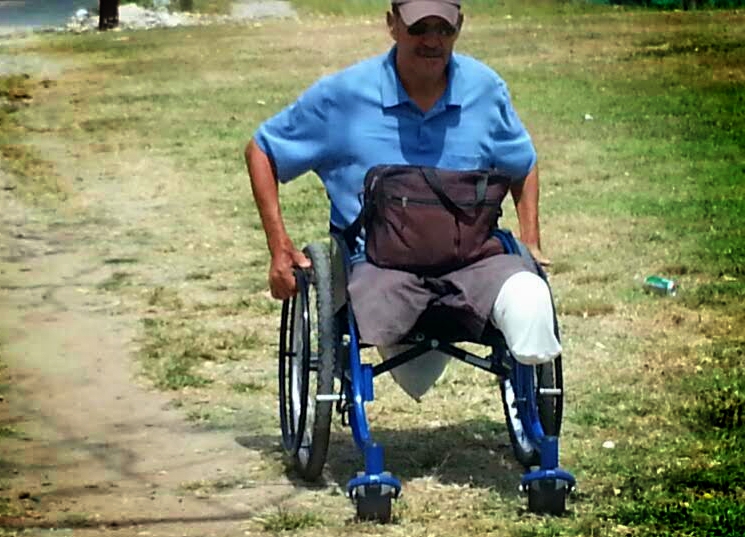
Alejandro Menéndez Finds Independence and Freedom with his RoughRider Wheelchair
At Whirlwind we love hearing from people whose lives have been changed by the RoughRider wheelchairs we are able to provide for them. When our

At Whirlwind we love hearing from people whose lives have been changed by the RoughRider wheelchairs we are able to provide for them. When our

All chairs sold in the US and Canada now come with Quick Release rear wheel axles. The instructions for assembling these wheels can be found
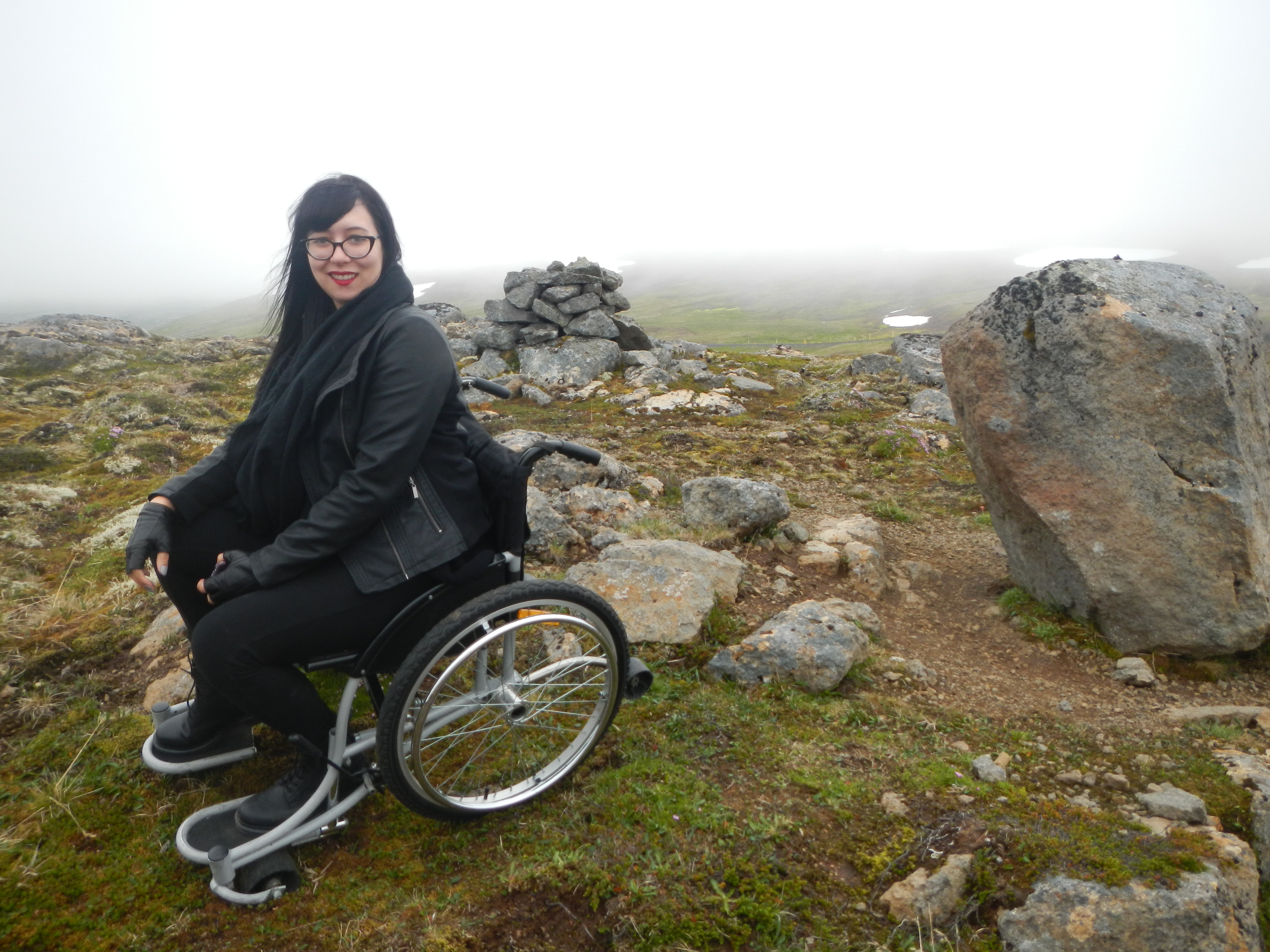
In 2013, I was still struggling with pain and reduced strength in my legs from when a car hit me while I was crossing the
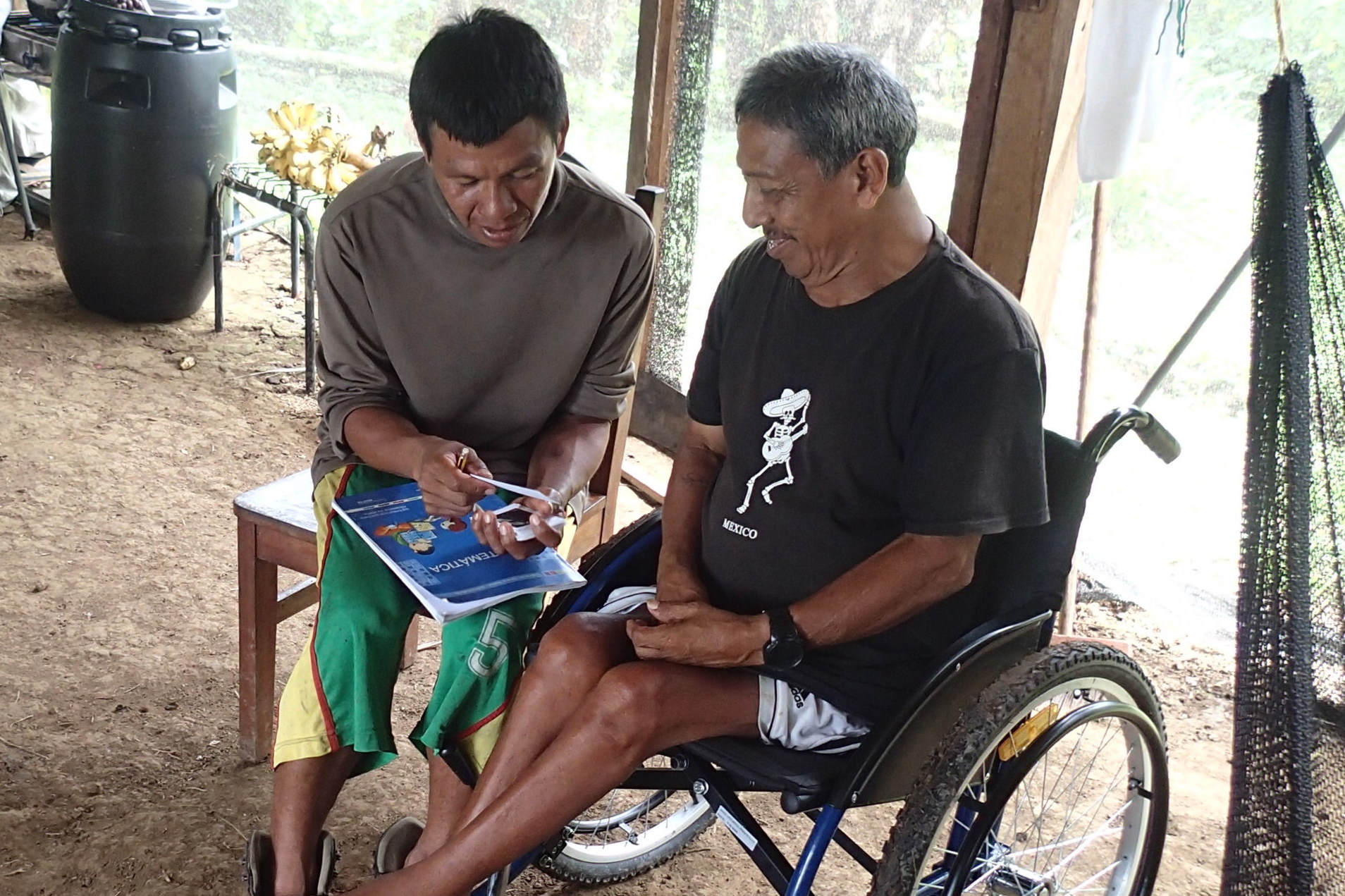
We’re excited that Nenekawa Toca, an elder from the Indigenous Nationality Waorani, that lives in the Amazonian region of Ecuador has received his new RoughRider

Freedom of Mobility done by ABC7 local San Francisco with Kristen Sze. This piece provides a great overview on Whirlwind and our project to get

PBS Frontline World covered Whirlwind in June 2009 in a piece called “Wheels of Change.” The story focuses on the RoughRider wheelchair manufactured in Vietnam.
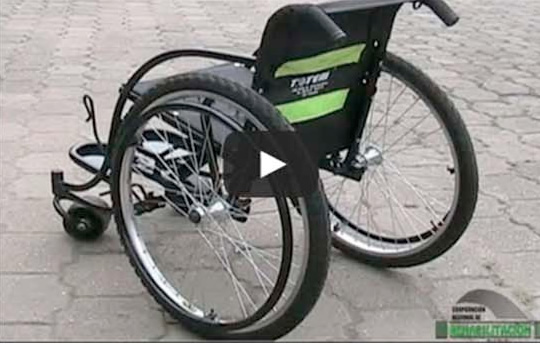
This is a Spanish language video made in Columbia, South America, showing the Whirlwind RoughRider, known there as the TOTEM (Todo Tereno Movilidad). The riders
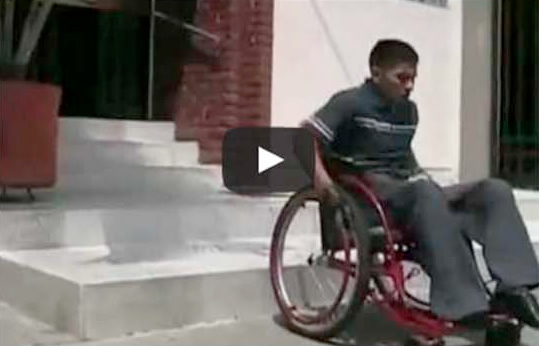
Whirlwind Wheelchair International’s all-terrain wheelchair built in developing countries for use in developing countries. The RoughRider is now available for purchase in the US and

Whirlwind Wheelchair puts users in the center of the design process. As such, the RoughRider has evolved out of the most common user needs we
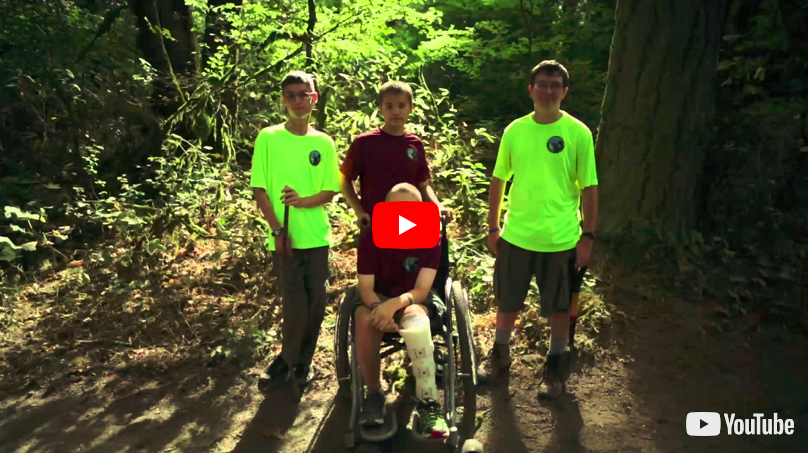
The main goal here at Whirlwind is to help people go where they want. In Will Krajewski’s case this meant going with his Boy Scout
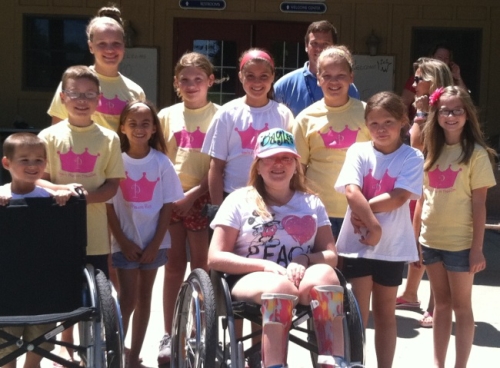
Baylee, a camper of the youth with Spina Bifida Camp Joy program, with Paige’s Princess Foundation Fundraisers, who made the RoughRiders possible.Camp Joy is now
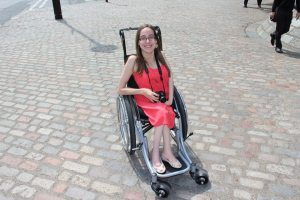
“My wheelchair worked marvelously in London and Paris! Thank you so much!” – Jordan Ayers. This past year, on Brent Ayers family’s trip to London and

We are in the midst of preparing a group of User Resource pages that should be up in a few weeks. But in the meantime,
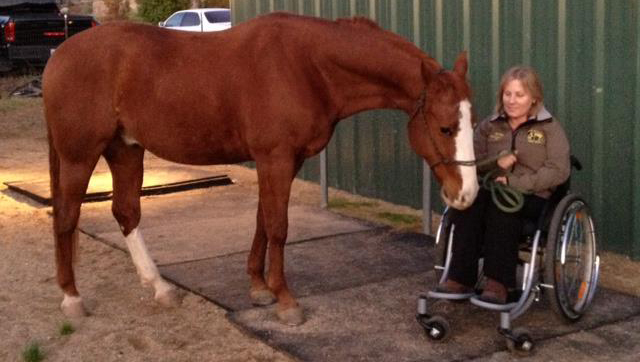
Crystal can now tend to her beloved animals, including her six horses, thanks to her new RoughRider. Getting back to doing what you used to

Dennis, back in the classroom, where he teaches a Hunter Education class at a middle school in Billings, Montana. An avid hunter, Dennis Hein, 56,
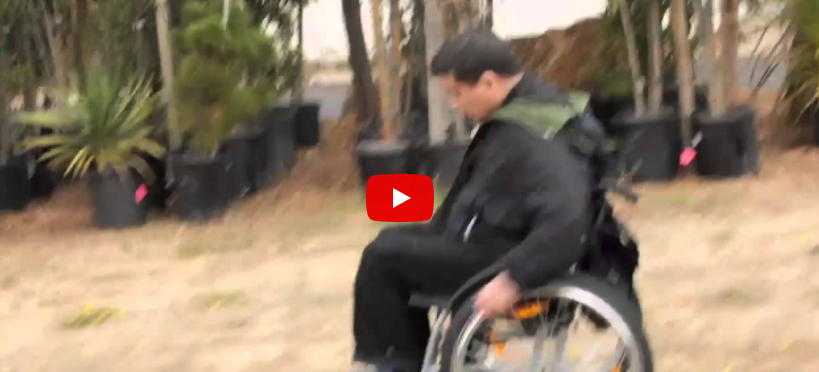
Meet Brian, one of Whirlwind Wheelchair’s first US customers. Living in San Francisco, hear why Brian loves his RoughRider.
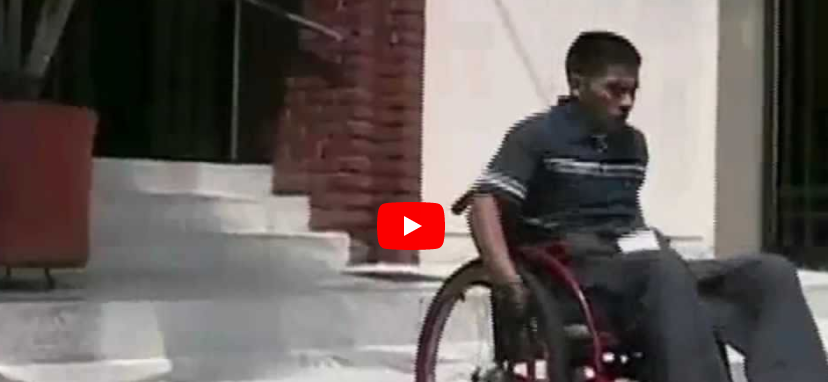
An introduction to Whirlwind Wheelchair International and our newest chair, the RoughRider, an all-terrain wheelchair built by and for riders in the developing world. Whirlwind

To find the distance between your hips, first position yourself seated with pelvis upright on a firm surface. Then, measure the distance between the widest points of the hips and thighs without compressing any tissue. Finally, record your measurements. It is important not to have a chair that is wider than necessary as it will be harder to push and may prevent you from passing through narrow doorways.
Position yourself seated upright on a firm surface. Measure the length of your upper leg, the distance from behind the knee to the back of the pelvis (back of your lower leg). Subtract 1/2” to find the maximum seat depth, to allow for space between the back of the knee/upper leg and seat fabric. Record the final measurement.
Your preferred backrest height is determined by your personal comfort level and physical ability. Whirlwind recommends, generally, that the top of the back support should fall just beneath the bottom of the shoulder blade. For less active riders who require more torso support, the back support should be higher, falling just beneath the armpit. Position yourself seated upright on a firm surface. Hold your hands flat against the surface you are sitting on. Measure the distance from the seated surface to the desired, most comfortable point for support on your back. To this number add the height of your cushion when you are sitting on it. Record the measurement.
Backrest angles are determined by the torso control of the rider. Whirlwind recommends that those with less torso control, such as quadriplegics, sit with a backrest angled further backwards to avoid falling forward in a wheelchair. Those with more torso control, such as amputees, can sit with the backrest more upright. Proper backrest angle is best determined by an occupational therapist or healthcare professional. Although there is only one option – 8 degrees – in the drop-down list below, you can adjust the backrest angle by adjusting the backrest straps (i.e. looser at the bottom and tighter at the top for a more erect position).
Now please enter your measurements into the fields on the product page before ordering. For more information about measuring, please refer to the RoughRider Fitting Sheet. You are responsible for choosing the right chair for yourself. If you are uncomfortable with determining your wheelchair size, please consult a professional.